
Get in touch with our IT team.
Networking Solutions
Connectivity hardware to drive the maximum performance from your IT infrastructure
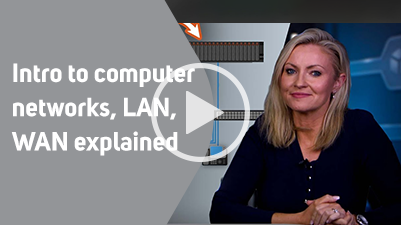
High performance server and storage systems need an equally high-performance network infrastructure to support them and ensure there are no bottlenecks that effect data throughput. Whether located within a datacentre or at the edge of the network, connectivity is key to keep systems functioning optimally. The Scan IT portfolio includes networking solutions for Ethernet, InfiniBand, wireless and 4G / 5G options to deliver best in class performance.

Network Interface Cards
Although only a small component in an overall system build the NIC can contribute to a huge uplift in performance. Most NICs use Ethernet as a protocol and start with throughput speeds of 1Gbps (Gigabits per second), scaling to 40Gbps at the top end. A SmartNIC performs all the tasks of a regular NIC but in order to cope with higher throughput speeds of up to 800Gbps a degree of off-loading is required and may use InfiniBand to reduce pressure on other components in the server.
ENQUIRE NOW > VIEW PRODUCTS >
Switches
Network switches create the interconnects from the NICs within servers to each other and also allow server access for all the users on the network from their respective desktop PCs, laptops or workstations. Depending on where switches are deployed within the network, this influences the speed required and communication protocol best suited. SME networks are usually adequate with network speeds of between 1Gbps to 10Gbps, whereas 25-50Gbps speeds are necessitated for large file transfers such as video media. The highest speeds over 100Gbps enable tasks like HPC and AI.
ENQUIRE NOW > VIEW PRODUCTS >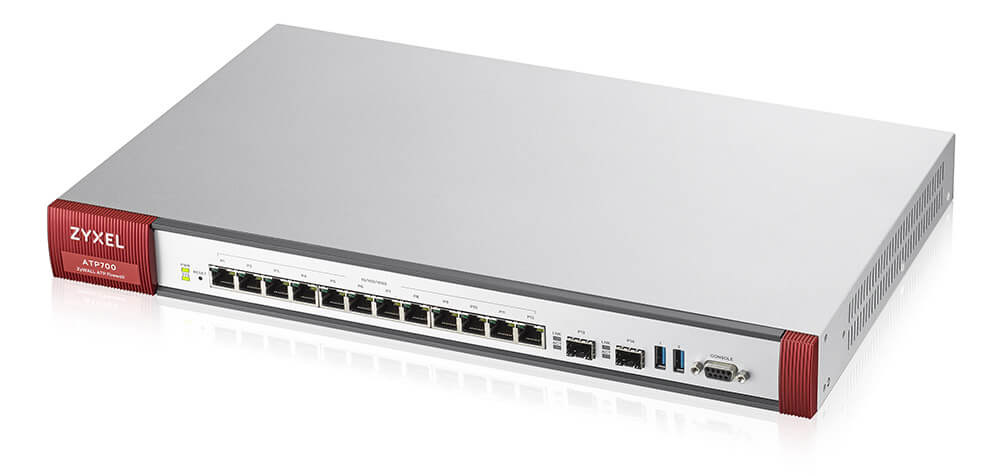
Routers & Firewalls
A router enables network users to connect to the wider Internet. As the barrier to the outside world, they usually perform vital security tasks, analysing and stopping suspect data packets before they can infect devices behind the firewall within the network.
ENQUIRE NOW > VIEW PRODUCTS >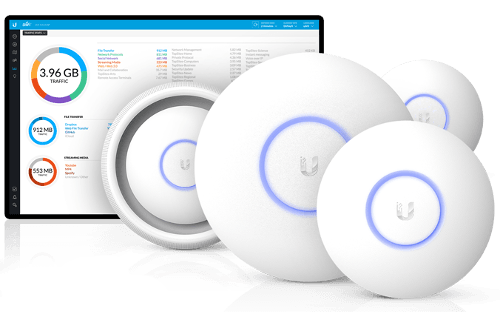
Wireless
To ensure reliable and fast wireless networking connectivity businesses are turning increasingly to managed solutions whereby the various access points that cover any given area are controlled by either a master wireless access point (WAP) or an external controller. Benefits of a solution like this include improved seamless hand-off as users roam between access points, better load balancing of users across the wireless network and enhanced security - increasing the ability to monitor and detect rogue users - either with non-compliant devices or unauthorised access.
ENQUIRE NOW > VIEW PRODUCTS >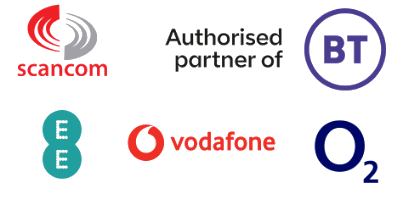
Airtime Services
To complement our range of business hardware and software portfolio Scan has added a comprehensive range of airtime connectivity offerings to deliver a complete end-to-end solution for your organisation. Including cellular, leased line and wide area network (WAN) options, we believe we can address all your business requirements.
ENQUIRE NOW > FIND OUT MORE >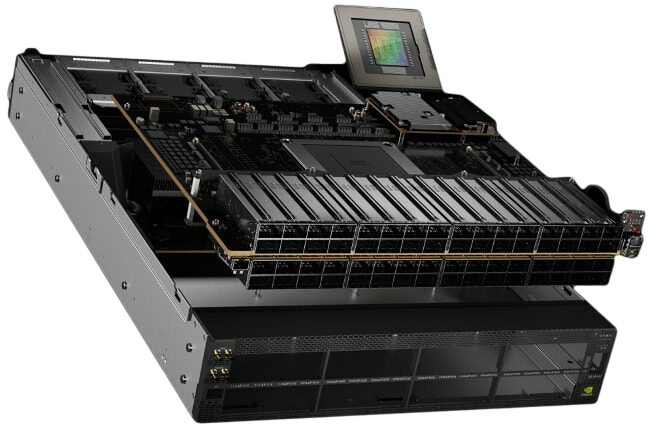
NVIDIA Networking
NVIDIA Networking is maybe a brand you’re not familiar with. Formerly known as Mellanox, it specialises in high throughput, low-latency networking solutions for the datacentre. Designed with speeds up to a whopping 800Gbps per second, it is specifically for the most demanding workloads like high performance computing (HPC), deep learning and AI.
VIEW PRODUCTS >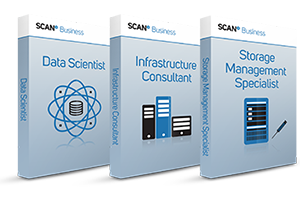
Professional Services
As your network infrastructure grows and evolves, our team of professional services consultants are on hand to help with advice, network design or health checks, installation and configuration.
FIND OUT MORE >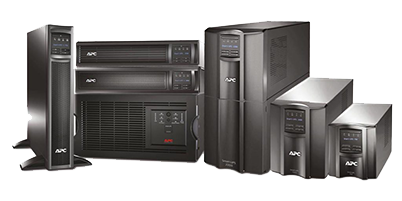
New Network Infrastructure? Check your UPS!
It is vital to ensure that any new infrastructure equipment remains protected from power failures or surges by a UPS.
FIND OUT MORE >